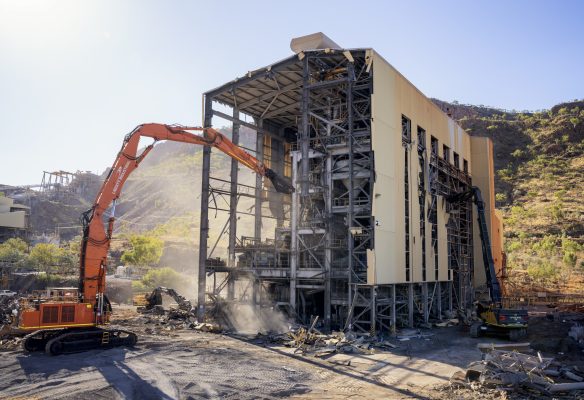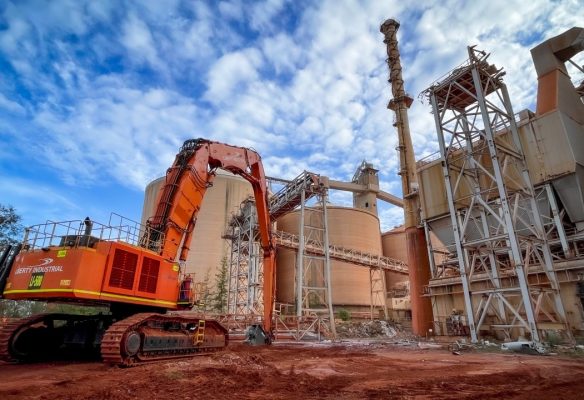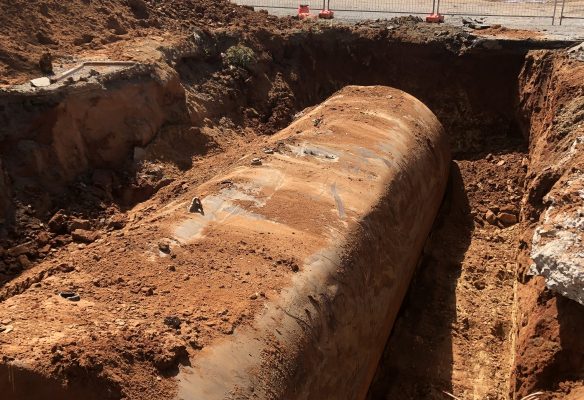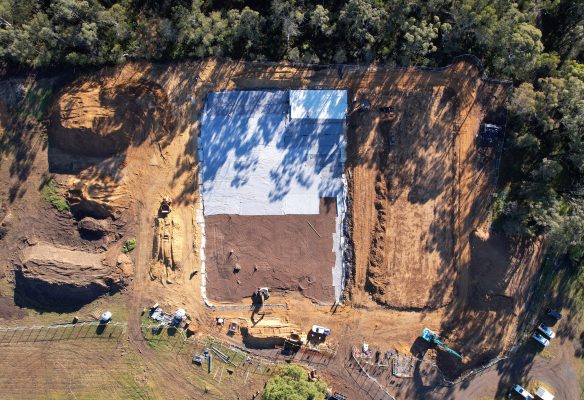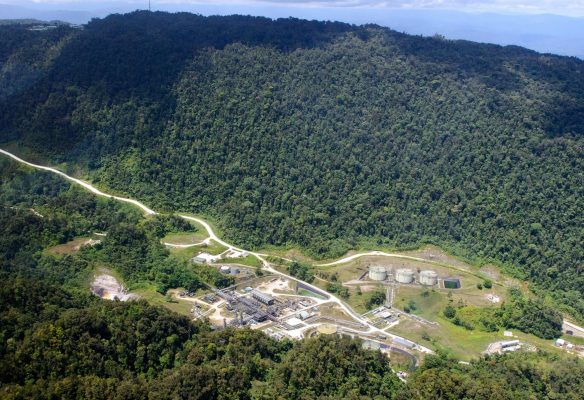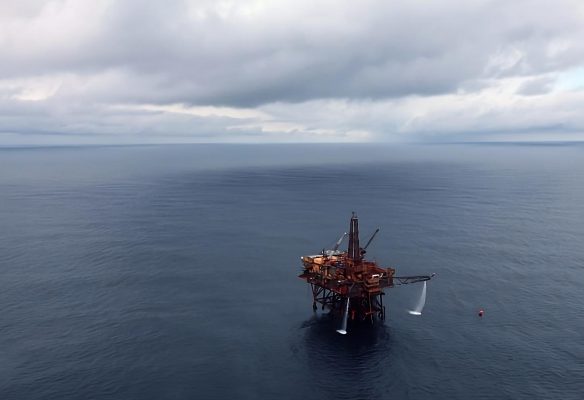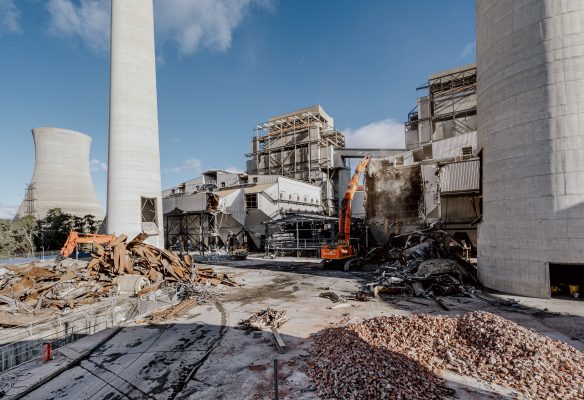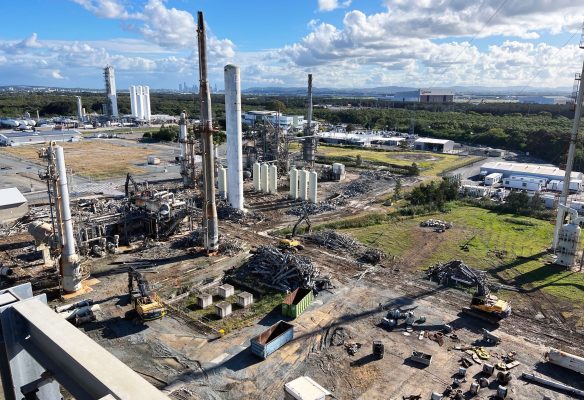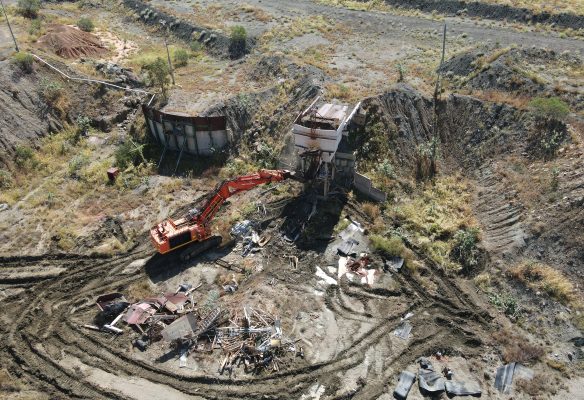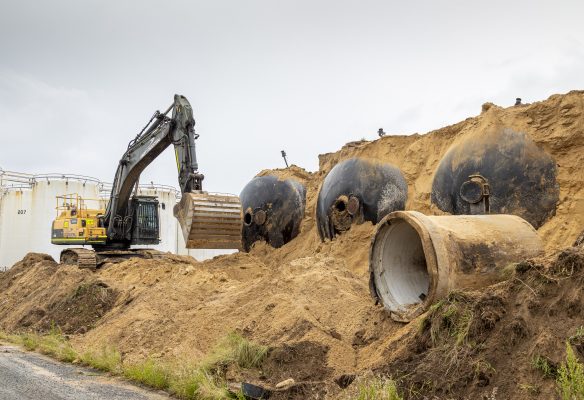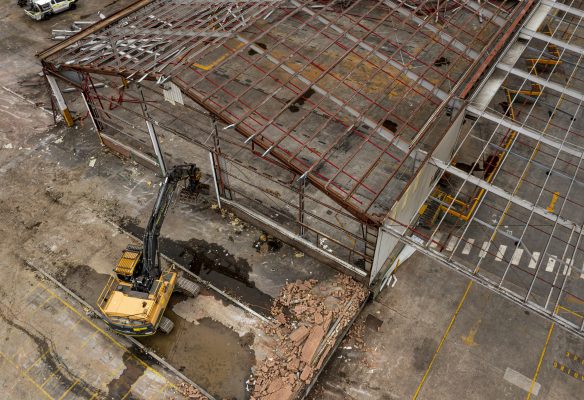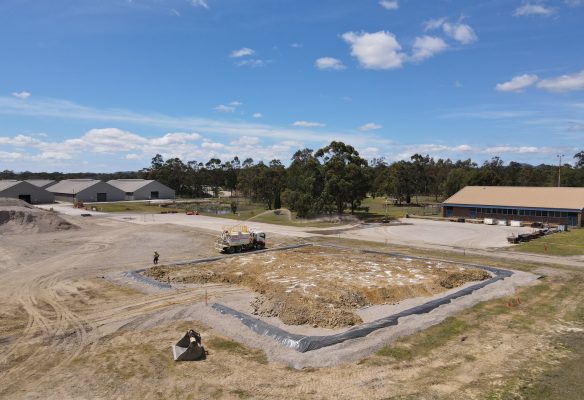integrated capability responsible decommissioning
decommissioning closure and asset liability consulting
consulting risk management engineered solutions 3d simulation
and simulation liberty modelling dismantling and asset
dismantling and asset recovery synchronised safety
deconstruction resource recovery and recycling expert delivery
high expert industrial delivery reach consulting
expert delivery high reach explosive induced collapse
collapse specialised contracting decontamination
decontamination cleaning remediation environmental stewards
stewards risk mitigation and management waste disposal
